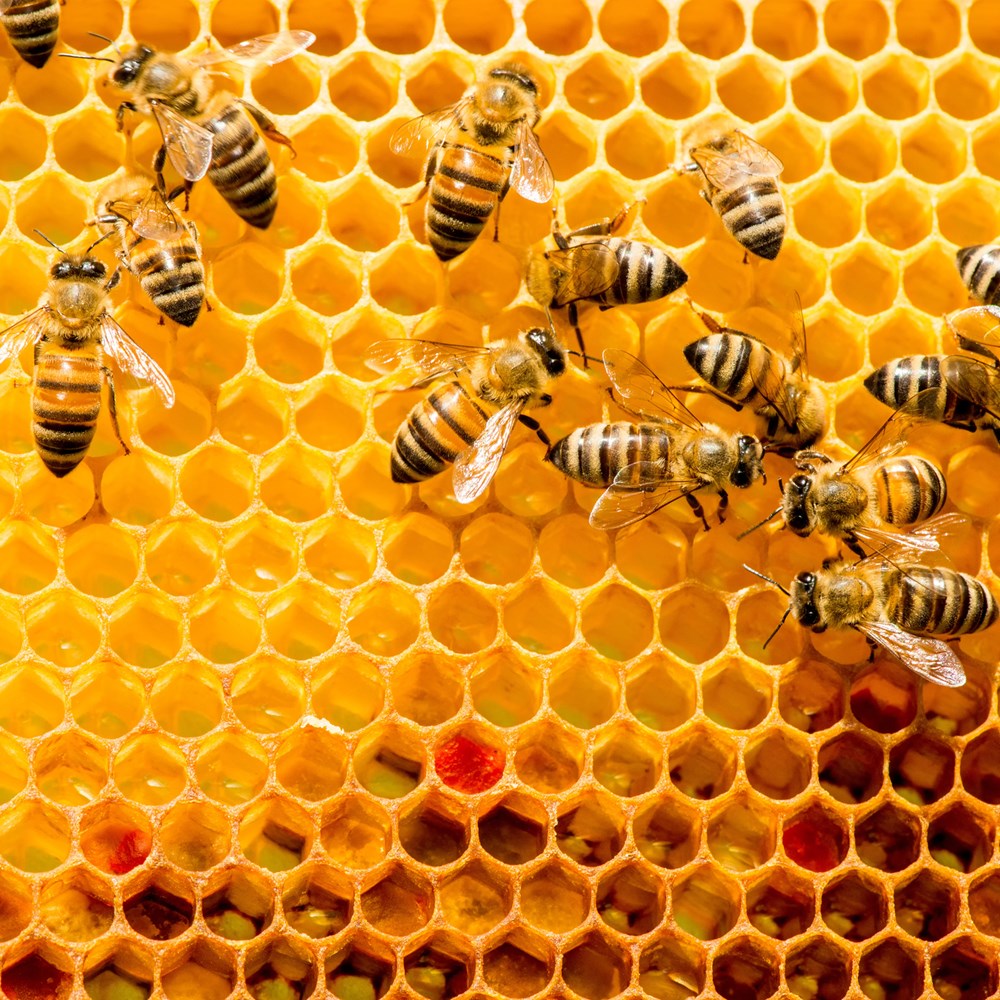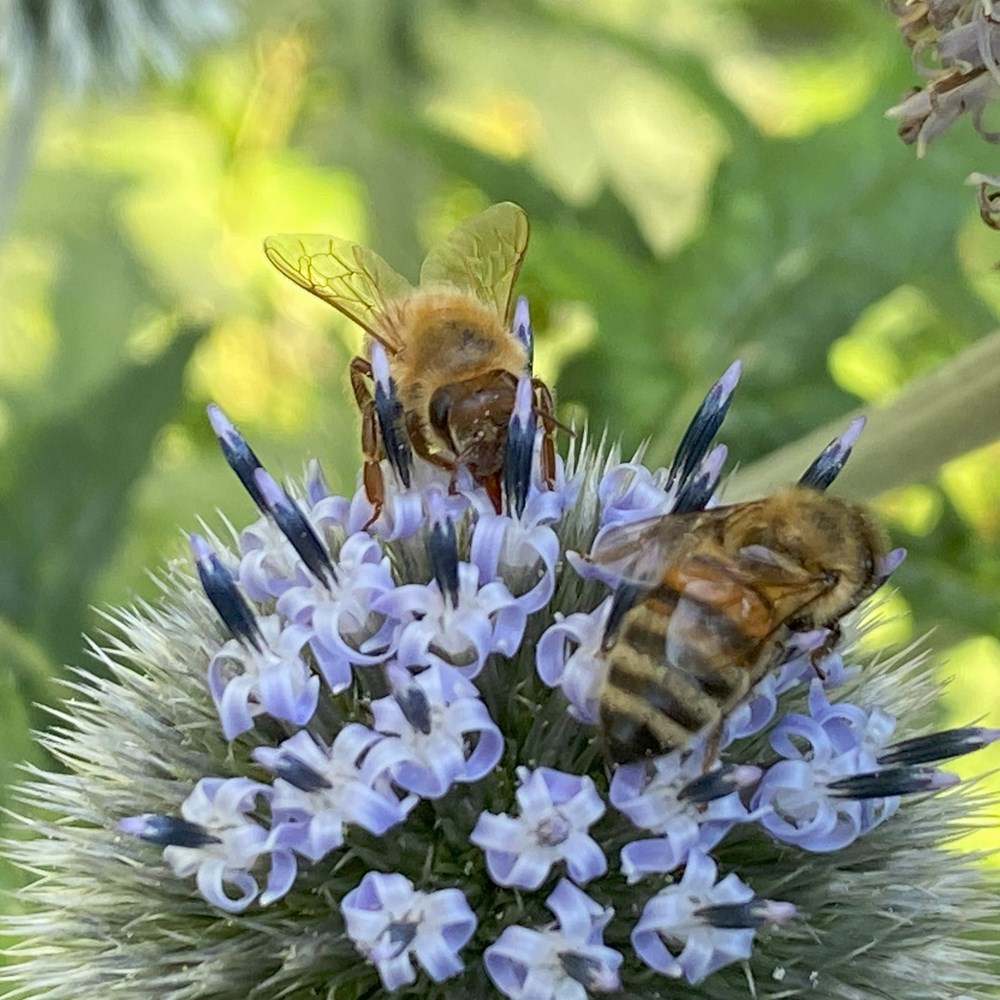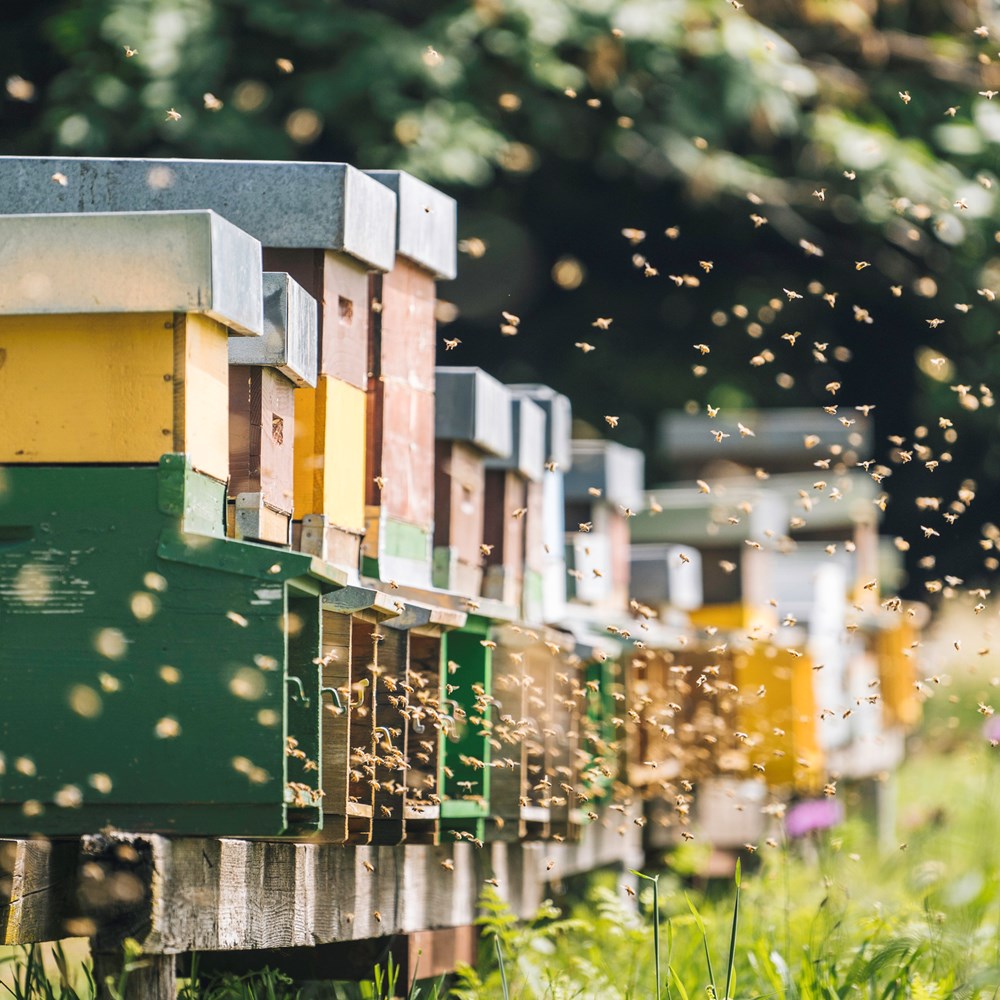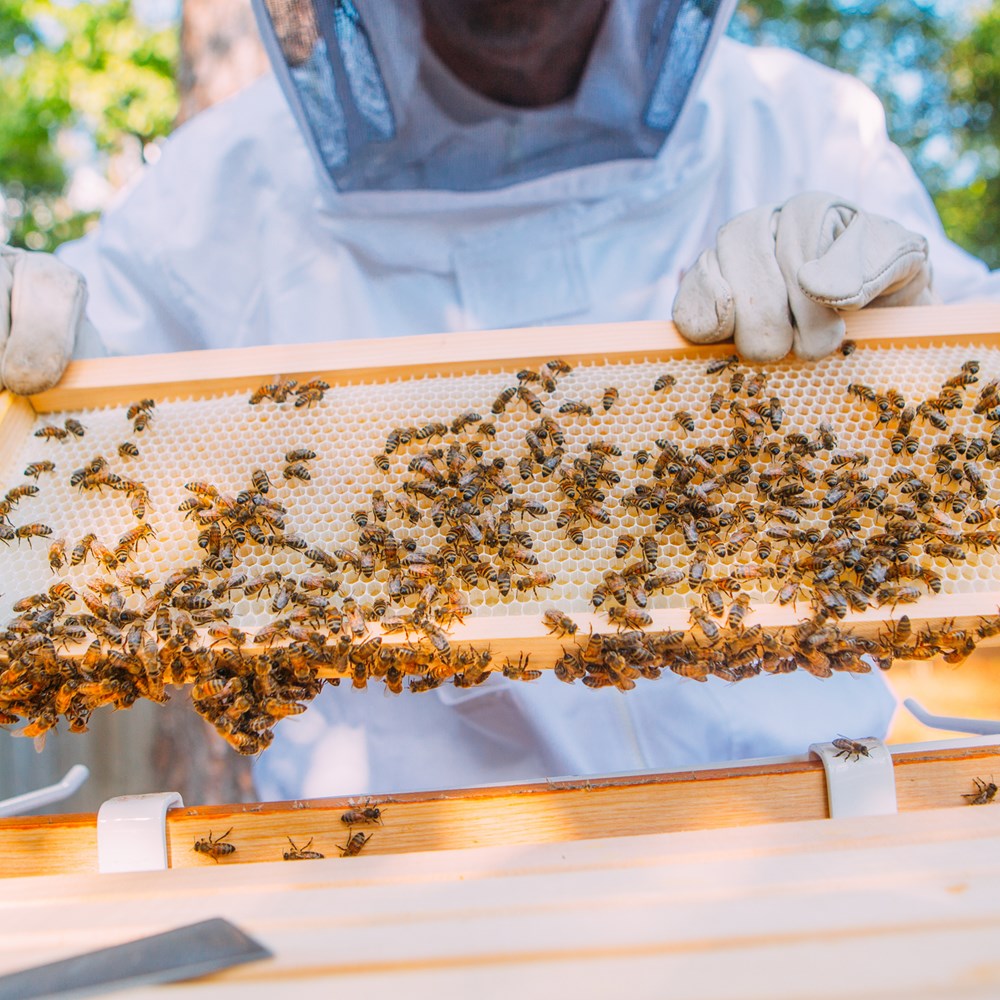Honey bee pests, diseases, and disorders
Learn about pests, diseases, and disorders affecting honey bees and what you can do to help.
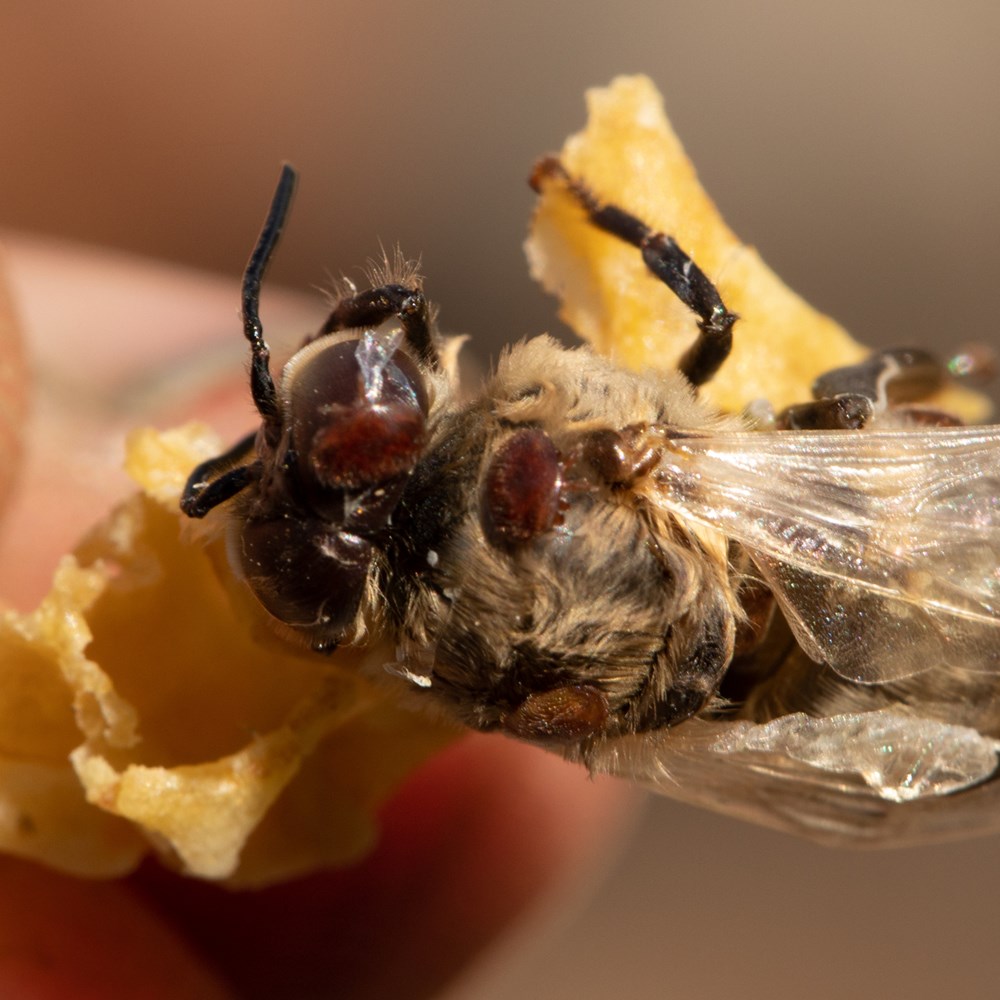

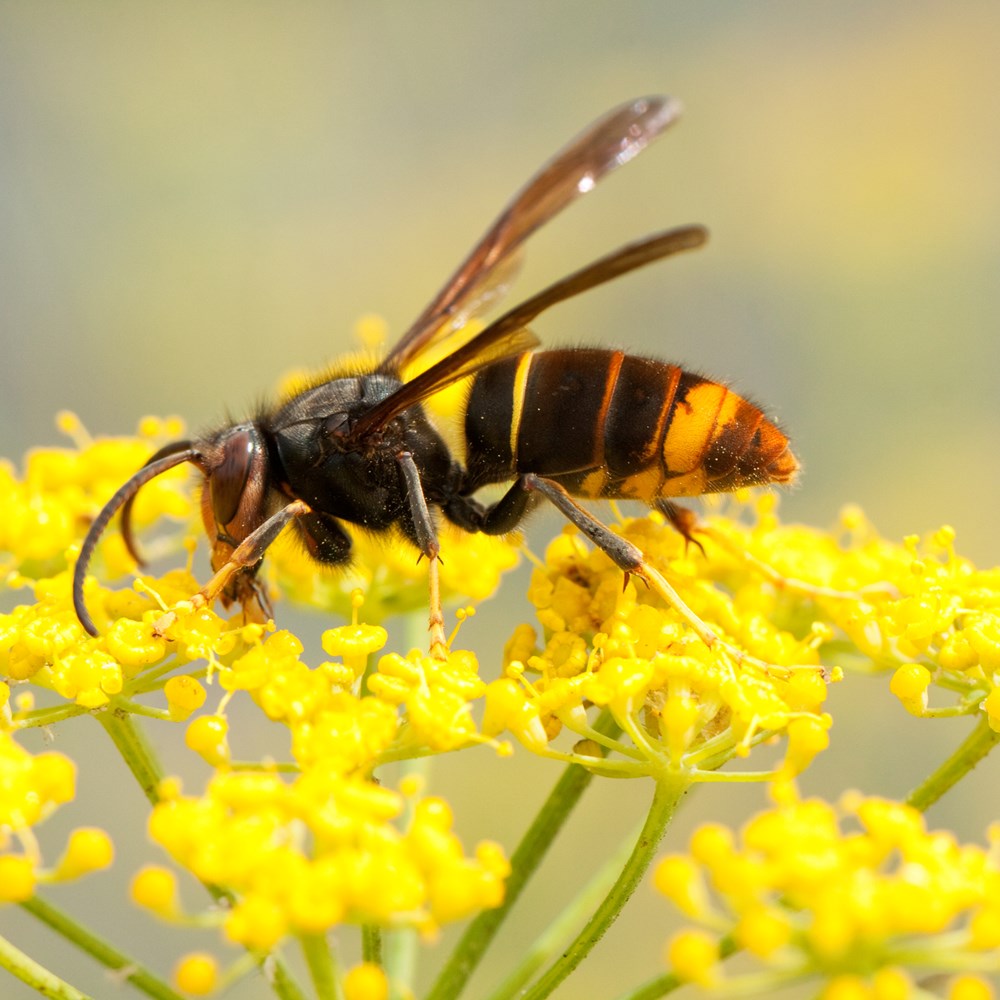
Yellow-Legged Hornet
The Yellow-Legged Hornet (Vespa velutina) is an invasive species, smaller than our native hornet, that poses a risk to honey bees and pollinating insects. We are working together with beekeepers to stop this insect establishing in the UK and ask everyone to report suspected sightings. You can find additional resources about identifying Yellow-Legged Hornets and their nests on our resources to maintain honey bee health page, following the link further down on this page.
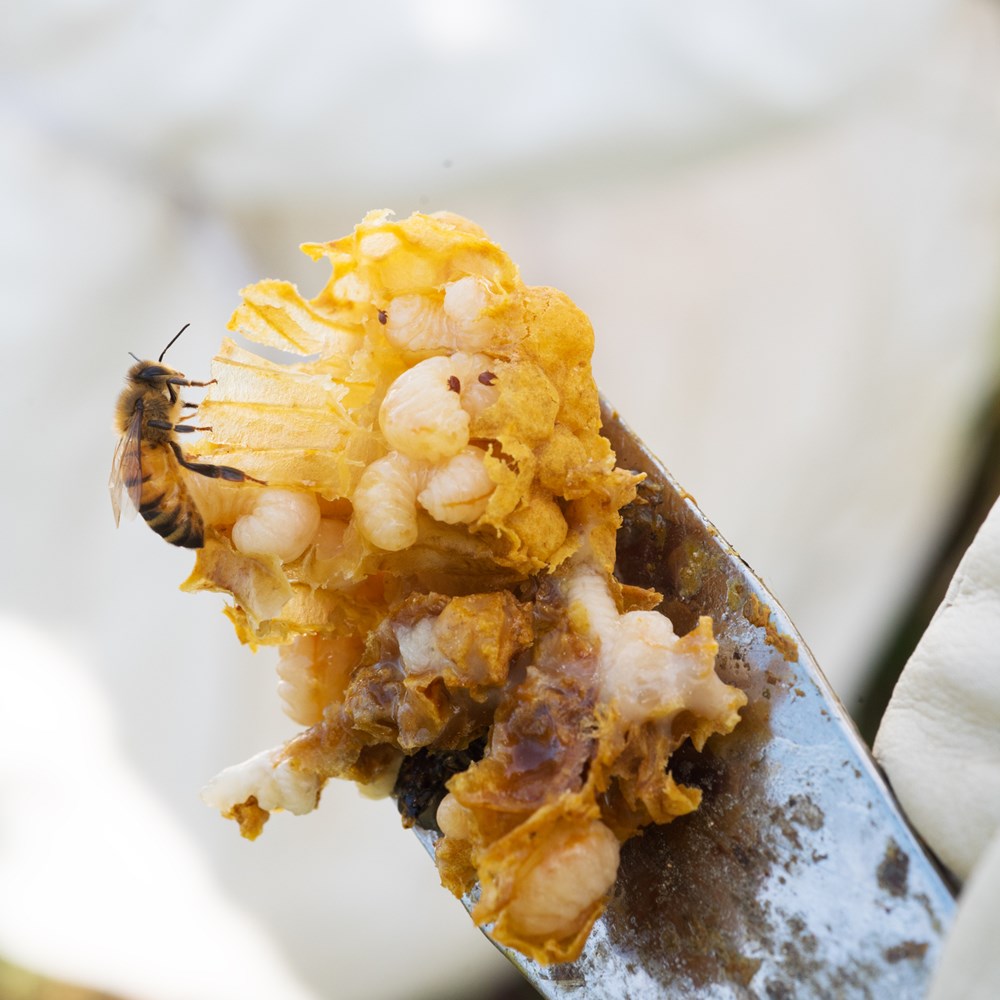
Varroa mite
Varroa continues to be one of the main causes of honeybee colony losses in Scotland. It is a reportable pest and will automatically be reported on BeeBase.
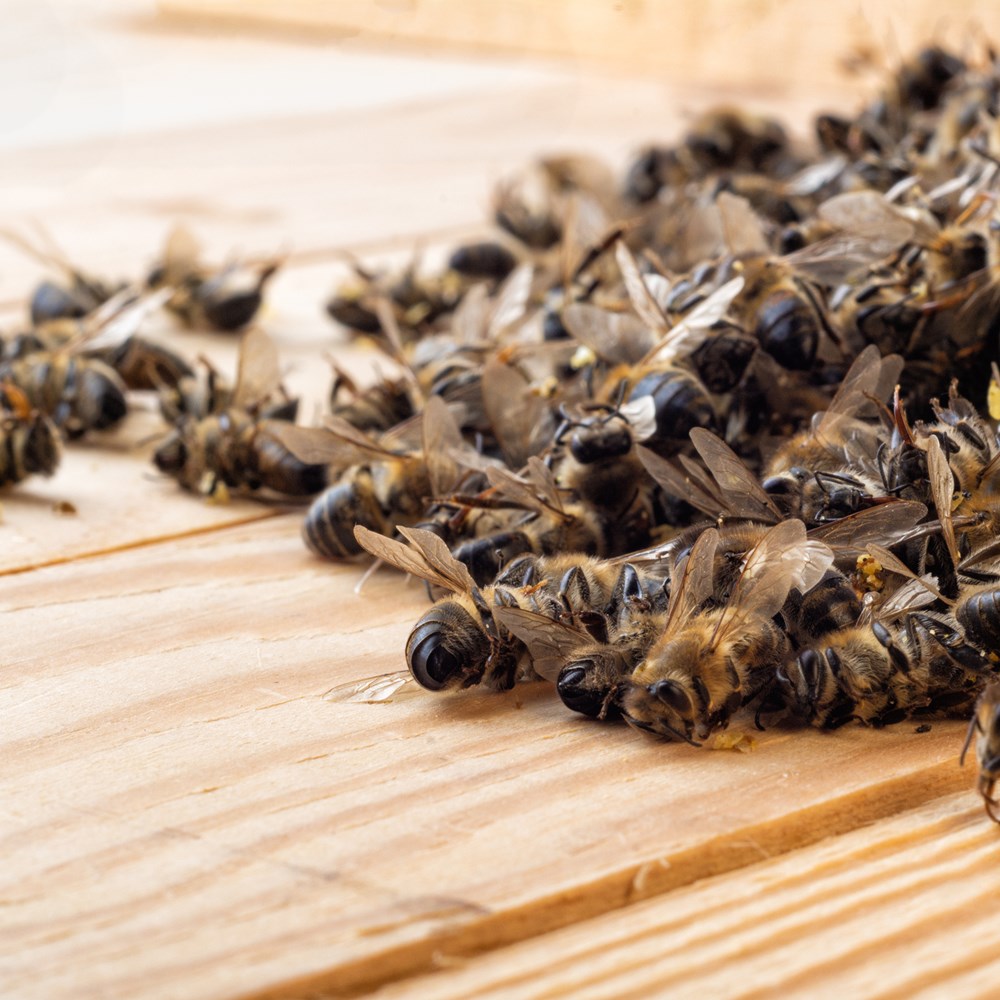
Poisoning
Signs and symptoms of poisoning in bees include lack of flying bees around the apiary, large numbers of dead bees outside the hive, tongues sticking out, fewer forager bees at the entrance, and poisoned bees being denied entry to the hive. In severe cases, dead adult bees will be found inside the hives as well as and brood will die from starvation, overheating, or chilling. Most or all hives in an apiary may be affected and remaining bees may behave aggressively. If you suspect poisoning, contact us.
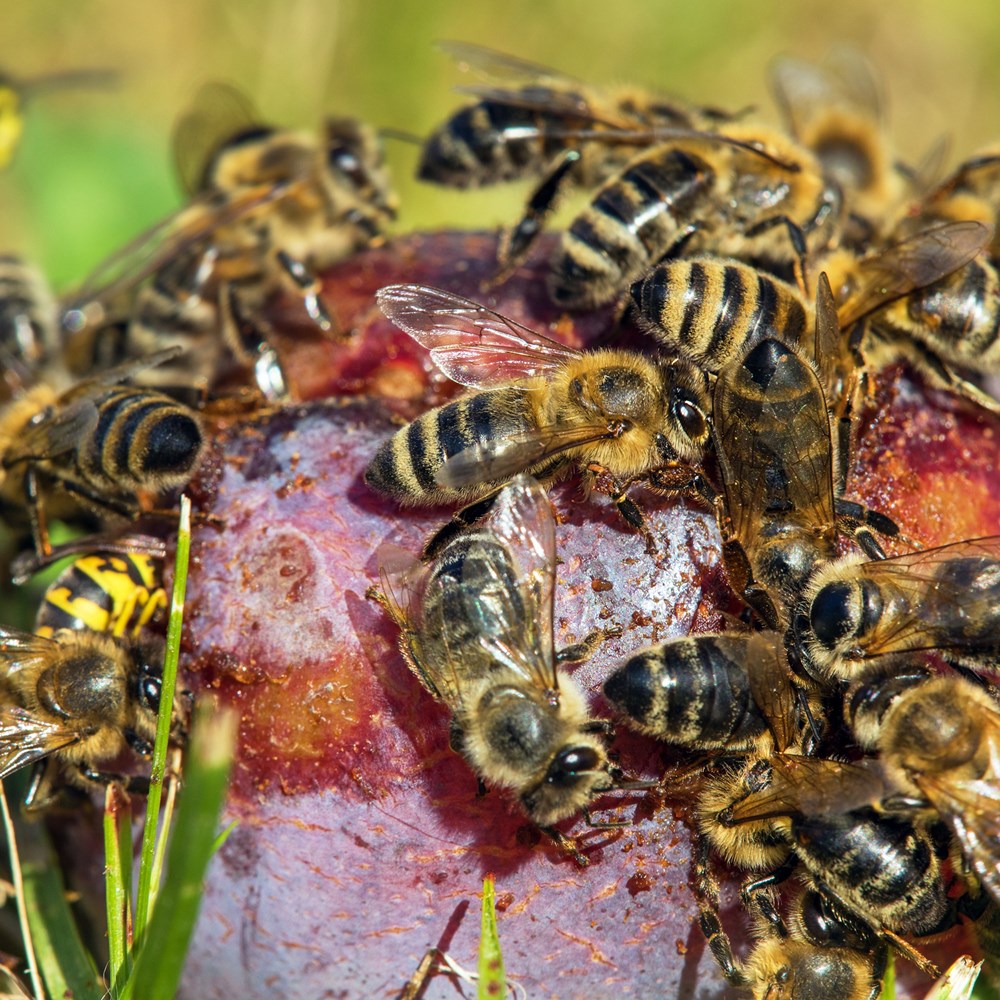
Starvation
During prolonged cold, wet periods and/or when there is a lack of forage, honey bee colonies may use up all their honey or sugar stores. This can frequently happen in spring when colonies are using up their last remaining winter stores to rear brood. Once a colony runs out of stores, it can die of starvation very quickly.
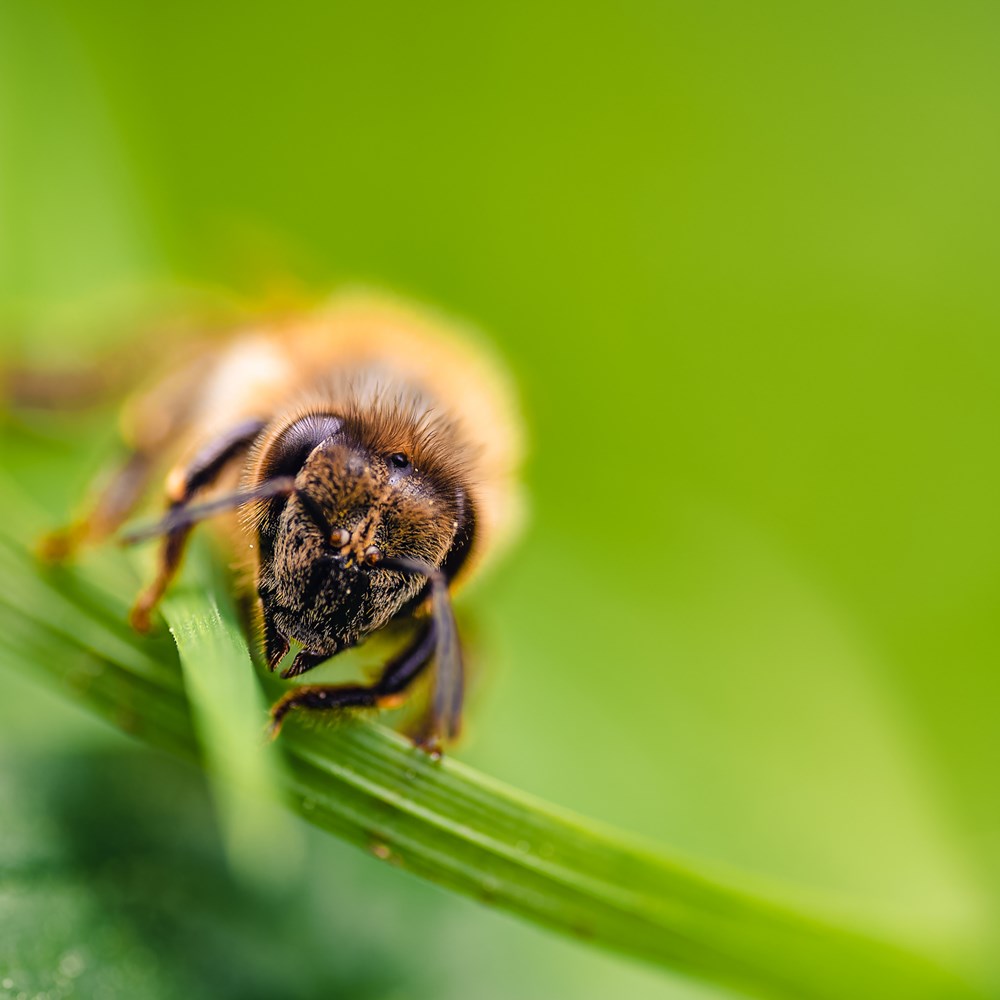
Tracheal mites (acarapisosis)
Tracheal mite infection (known as acarapisosis or acarine) is an infestation of the respiratory system of adult bees by the parasitic tracheal mite Acarapis woodi.
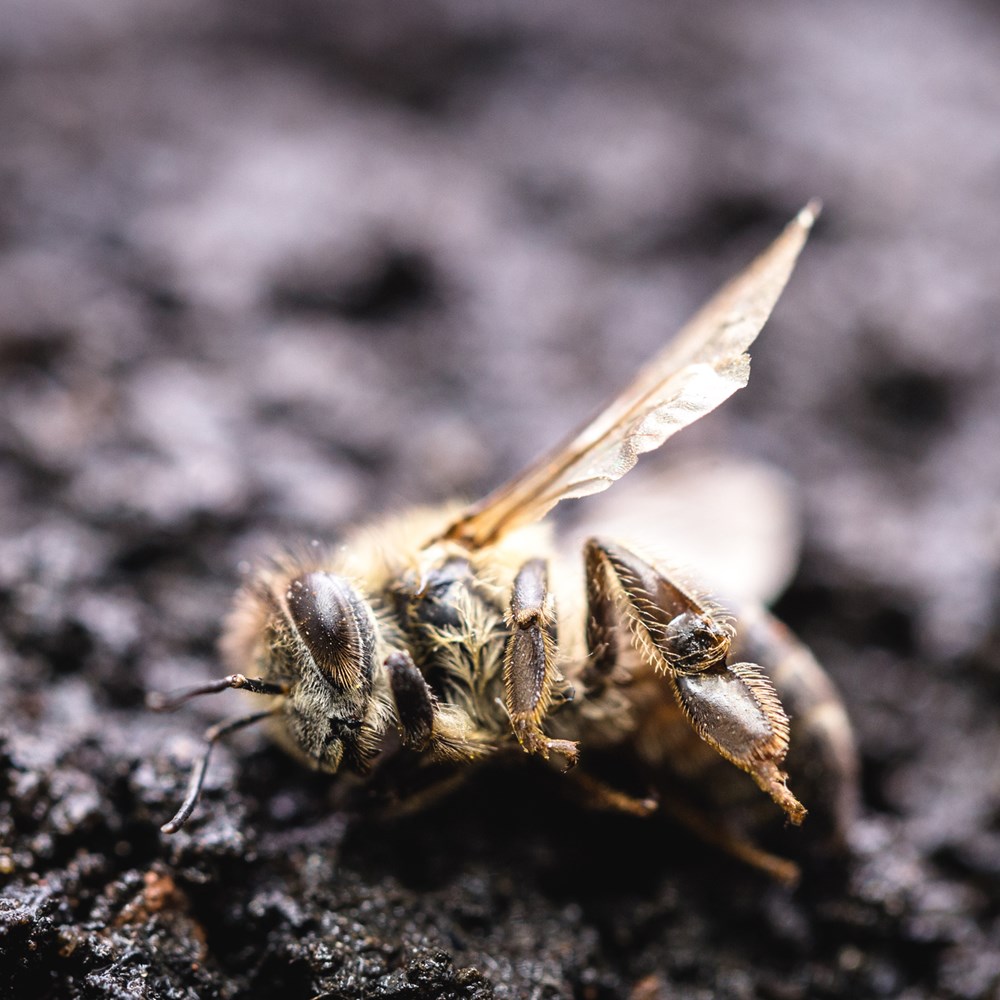
Nosema
Nosema disease, or nosemosis, is caused by either of the two species of Nosema identified in adult honey bees. Both Nosema species are highly specialised ‘microsporidial’ parasites that multiply within living cells of the gut and both are widely distributed in the UK.
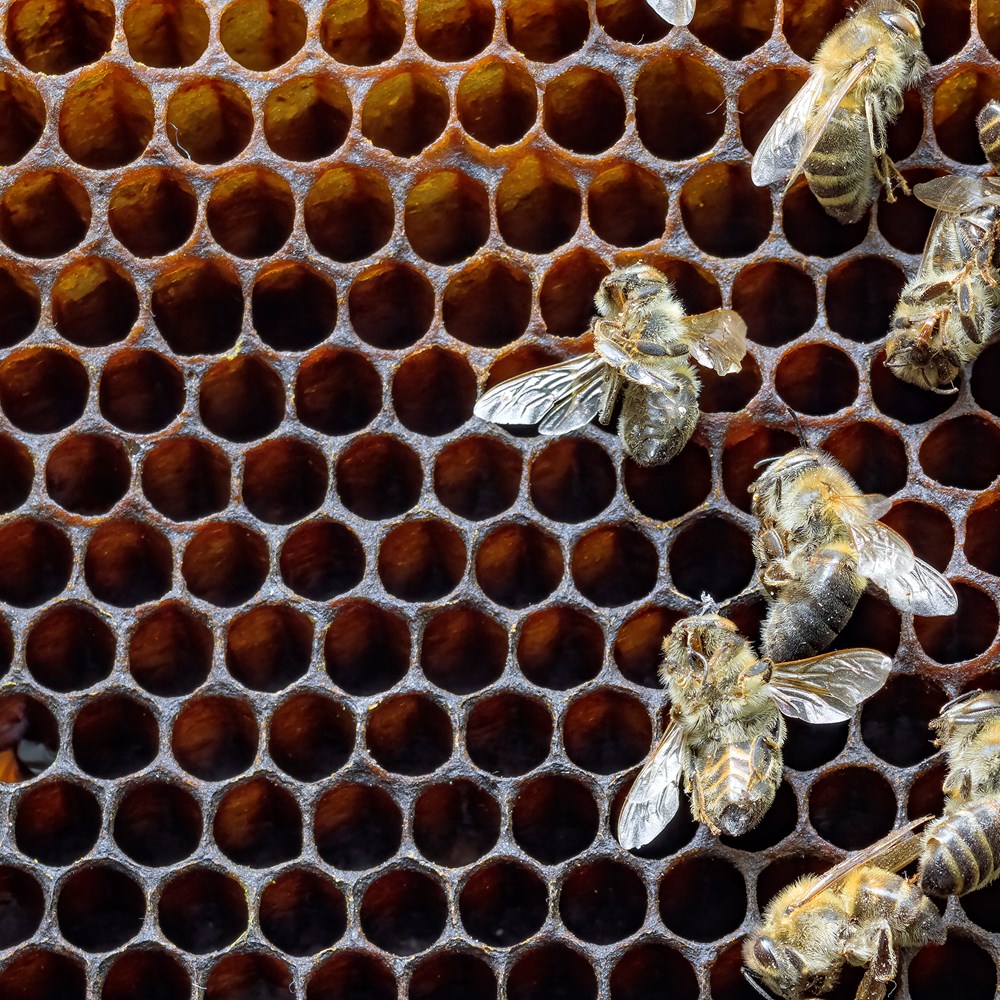
Dysentery
Dysentery describes heavy soiling of hives or combs by the faeces of adult bees. It is not caused by an infection, but by other factors such as poor nutrition. This condition is not usually serious, but it can exacerbate the effects of any disease that is present in a hive and has been associated with the death of colonies.
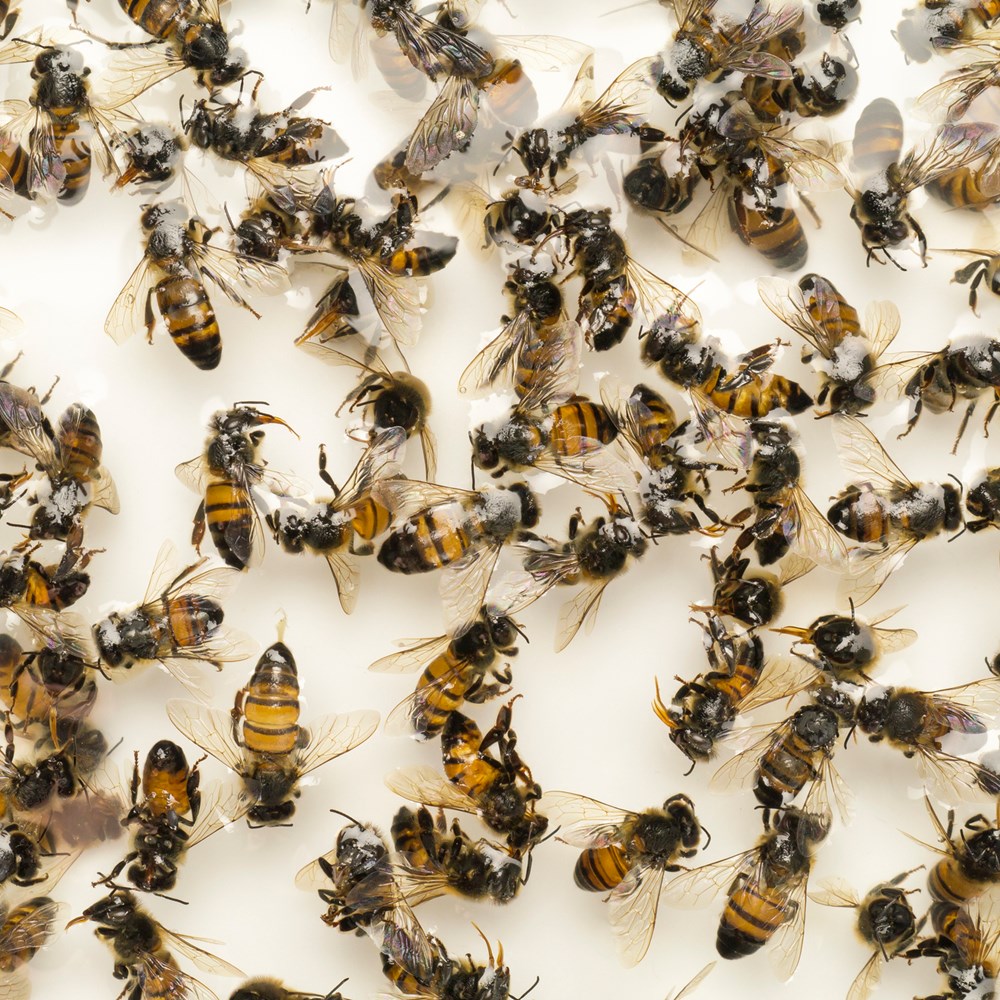
Chronic Bee Paralysis Virus (CBPV)
Signs and symptoms of CBPV include trembling, K wing, paralysis, not flying, crawling, bloated abdomens, and dead bees. If you suspect CBPV, contact us.
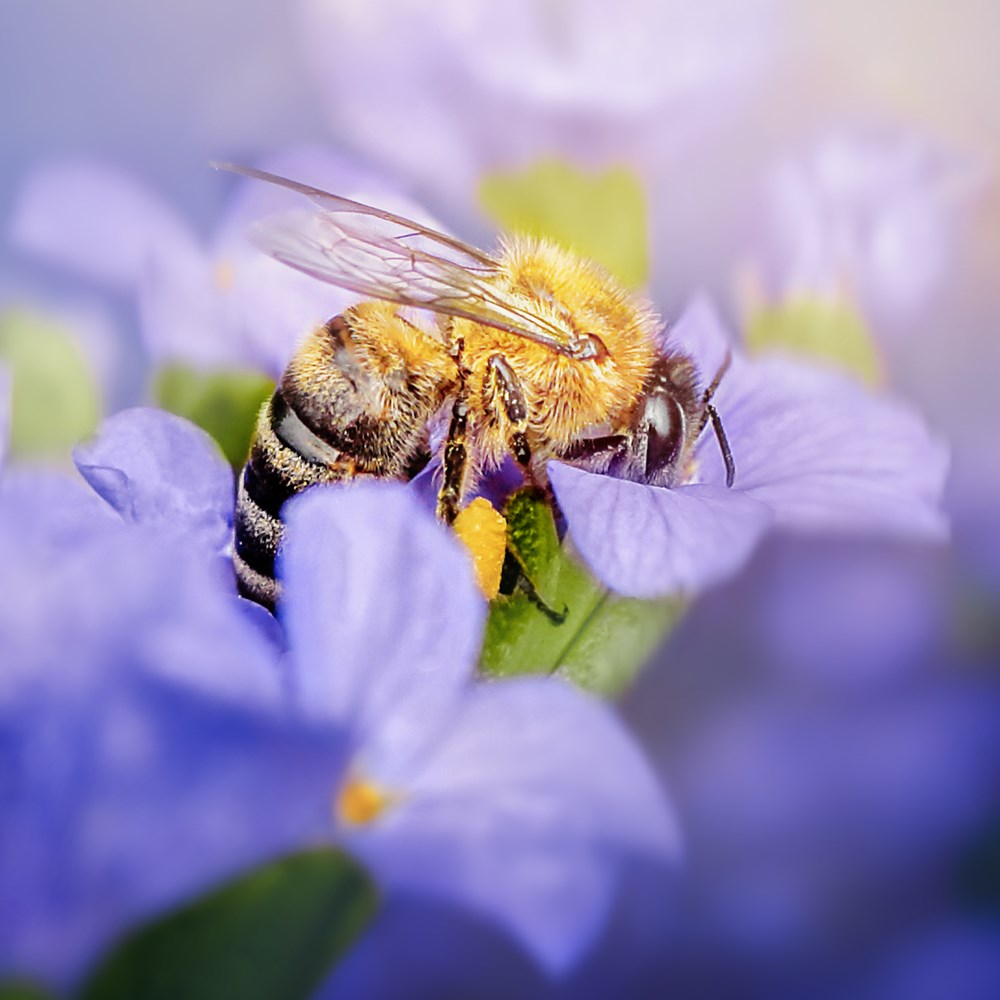
Deformed Wing Virus (DWV)
In the absence of Varroa, deformed wing virus (DWV) persists at low levels in infected colonies without causing any signs of infection. However, in the presence of the mite, DWV causes clinical symptoms in developing pupae, including pupal death. Newly emerged bees from affected colonies show deformed or poorly developed wings.
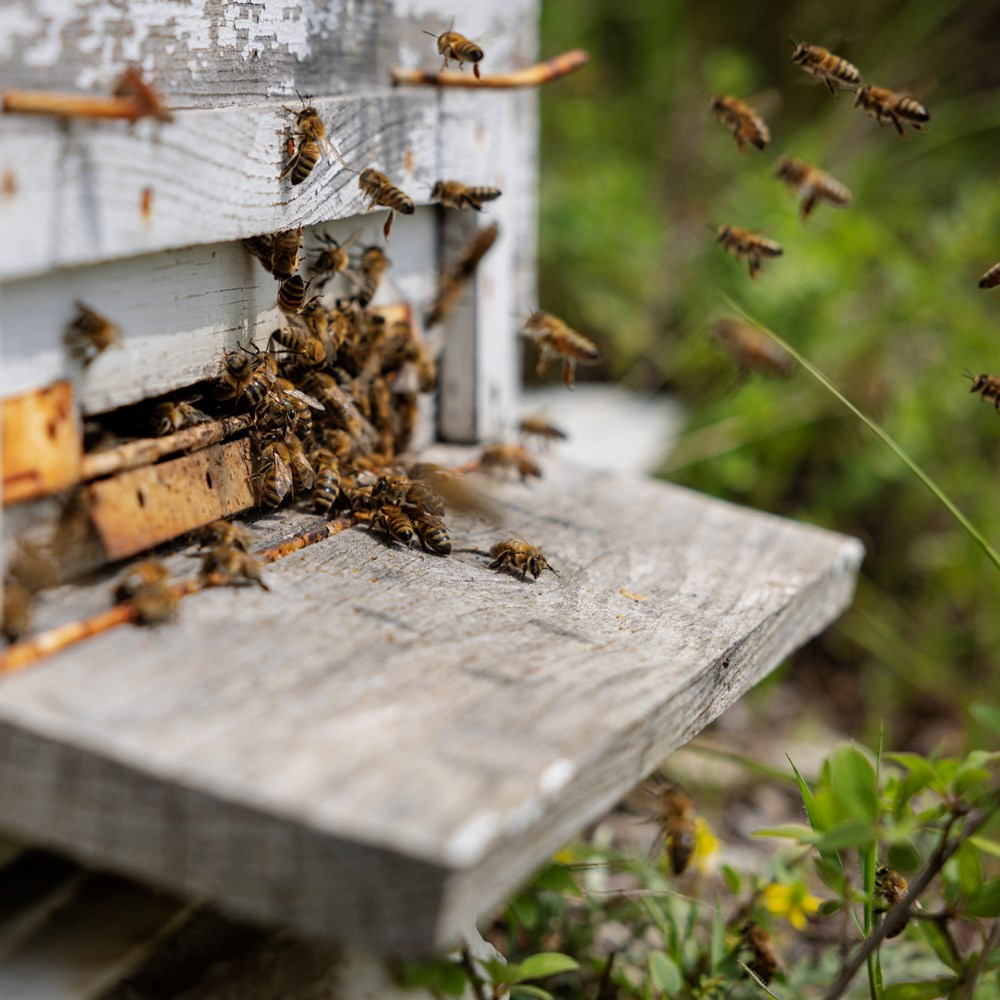
European Foulbrood (EFB)
European foulbrood (EFB) is caused by the bacterium, Melissococcus plutonius. The bacteria are a gut pathogen and cause the death of some proportion of the larvae they infect. EFB is a notifiable disease and must be reported to the Scottish Government Honey Bee Health Team if found in your apiary.
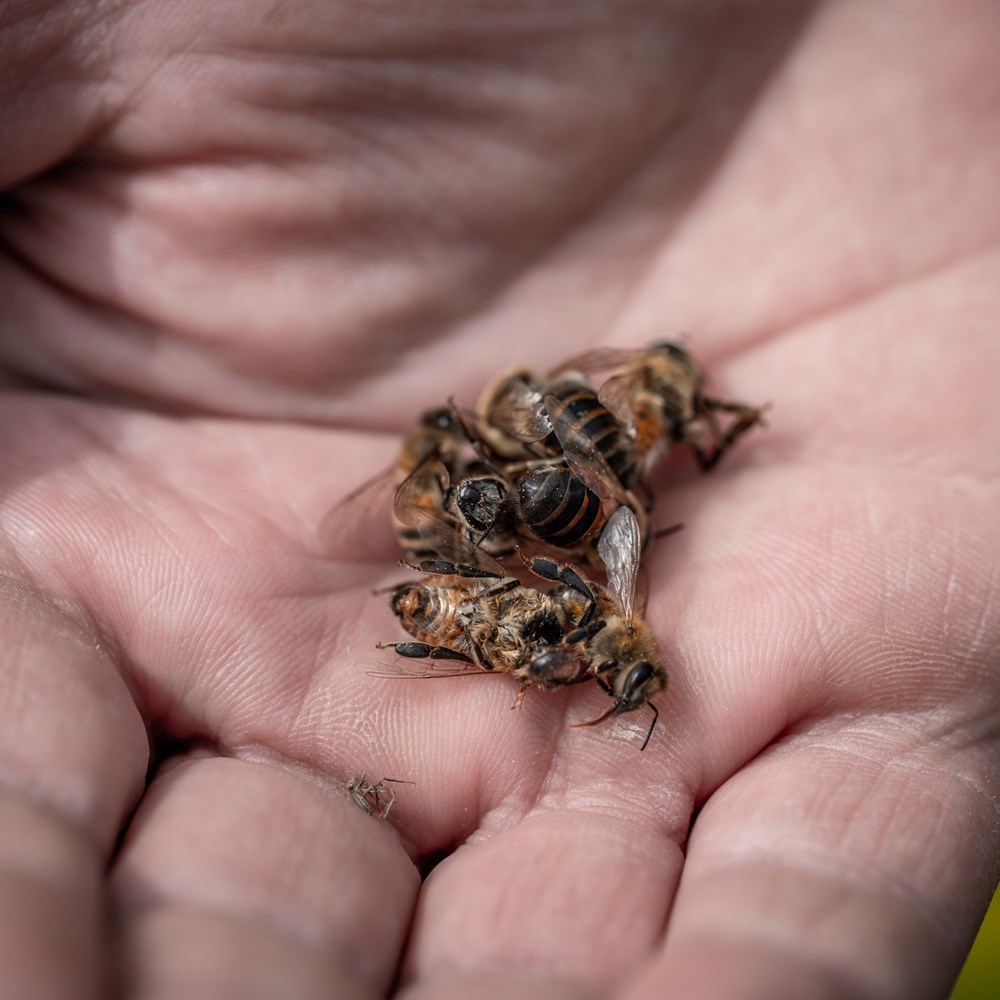
American Foulbrood (AFB)
American foulbrood (AFB) is caused by the bacterium, Paenibacillus larvae. Similar to EFB, these bacteria are a gut pathogen, but unlike EFB, AFB is extremely virulent and will kill 100% of infected larvae. AFB is a notifiable disease and must be reported to the Scottish Government Honey Bee Health Team if found in your apiary.
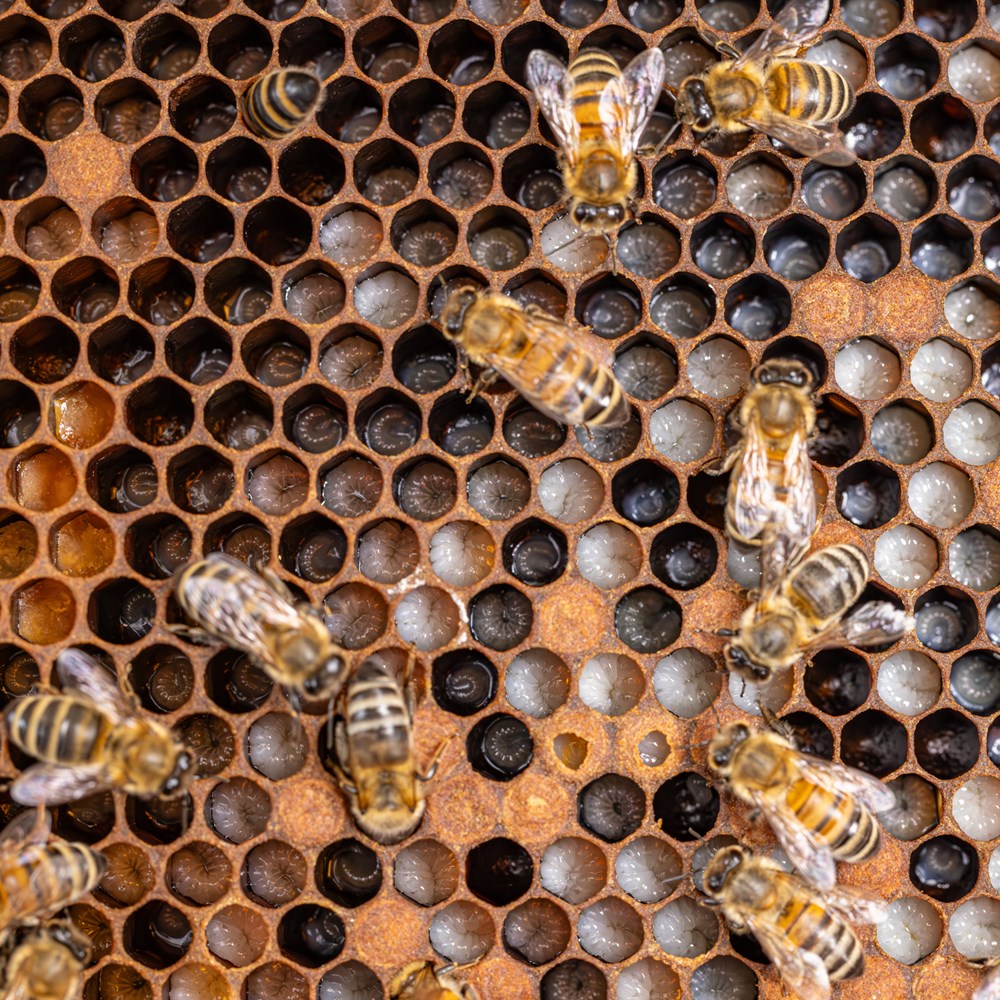
Other brood diseases
There are several brood diseases and disorders that, although much less serious than foulbrood, are widespread. It is essential to be able to recognise these and distinguish them from foulbrood.

Tropilaelaps
There are currently four species of Tropilaelaps mites. Of these only two are considered serious mite threats to the Western honey bee. Currently, Tropilaelaps is not present in the UK, but if introduced could potentially cause major damage and are considered emerging threats to world apiculture so the mites are a notifiable pest. If you suspect you have an infestation of Tropilaelaps mites, you must report it.

Small Hive Beetle
The Small Hive Beetle (SHB), Aethina tumida, is an invasive species originating from Africa which has proved to be a serious pest of honeybee hives in the USA and Australia. Currently, SHB has not been found in the United Kingdom but if it were introduced they could potentially cause major damage if they become established so it has been made a notifiable pest. If you suspect SHB in your apiary, you must report it.
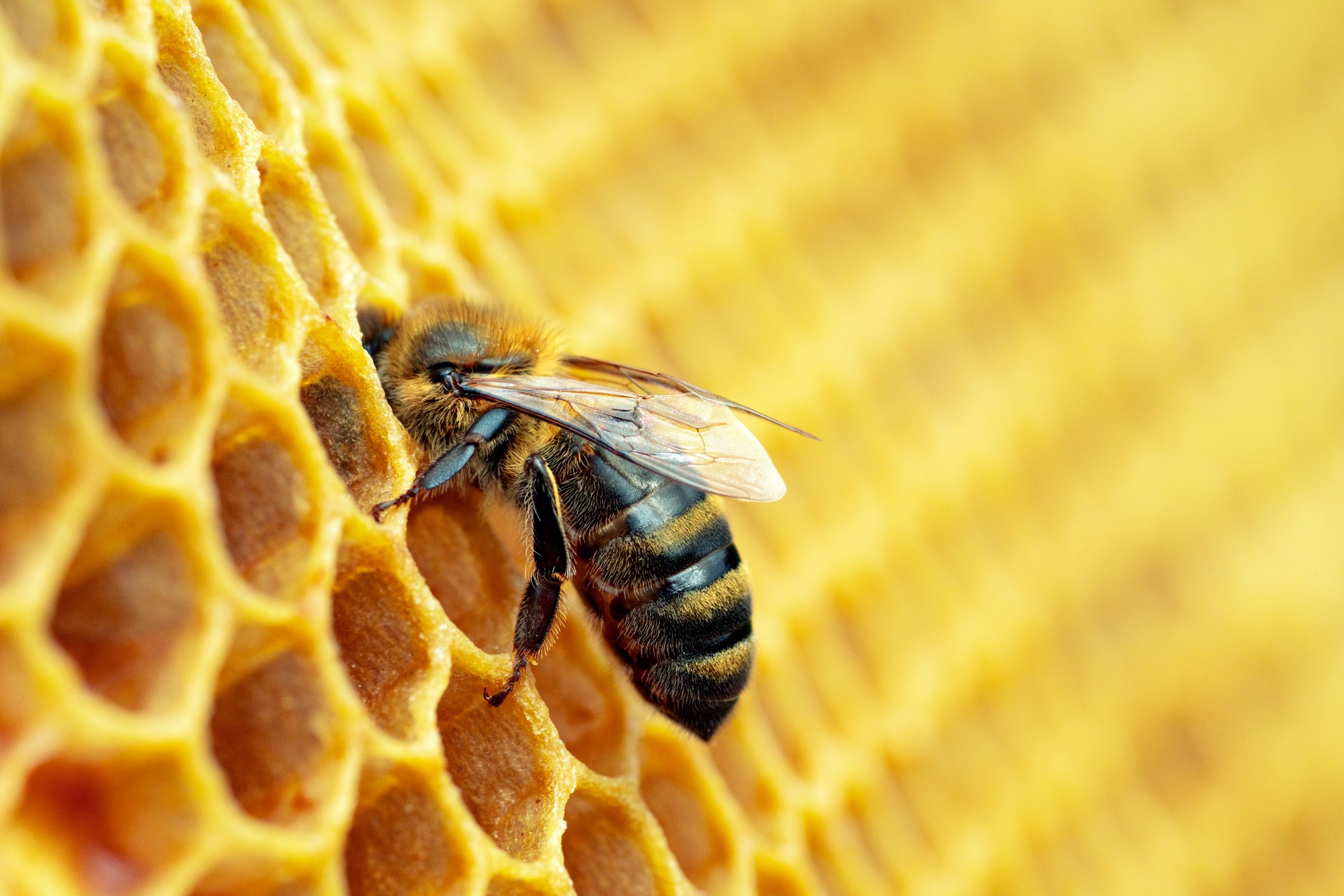

Lorraine Johnston is SRUC's Bee Advisory Officer and Scotland's Bee Advisor.
She has been keeping bees since 2014 and shares responsibility for around 50 hives in the southwest of Scotland.
Her aims are to improve standards and promote best practice in beekeeping through education on honeybees, pests and diseases, biosecurity, starting out with bees, honey and hive products, pollination and more.
Learn more about Lorraine's work and contact her directly using the link below.
Explore more:
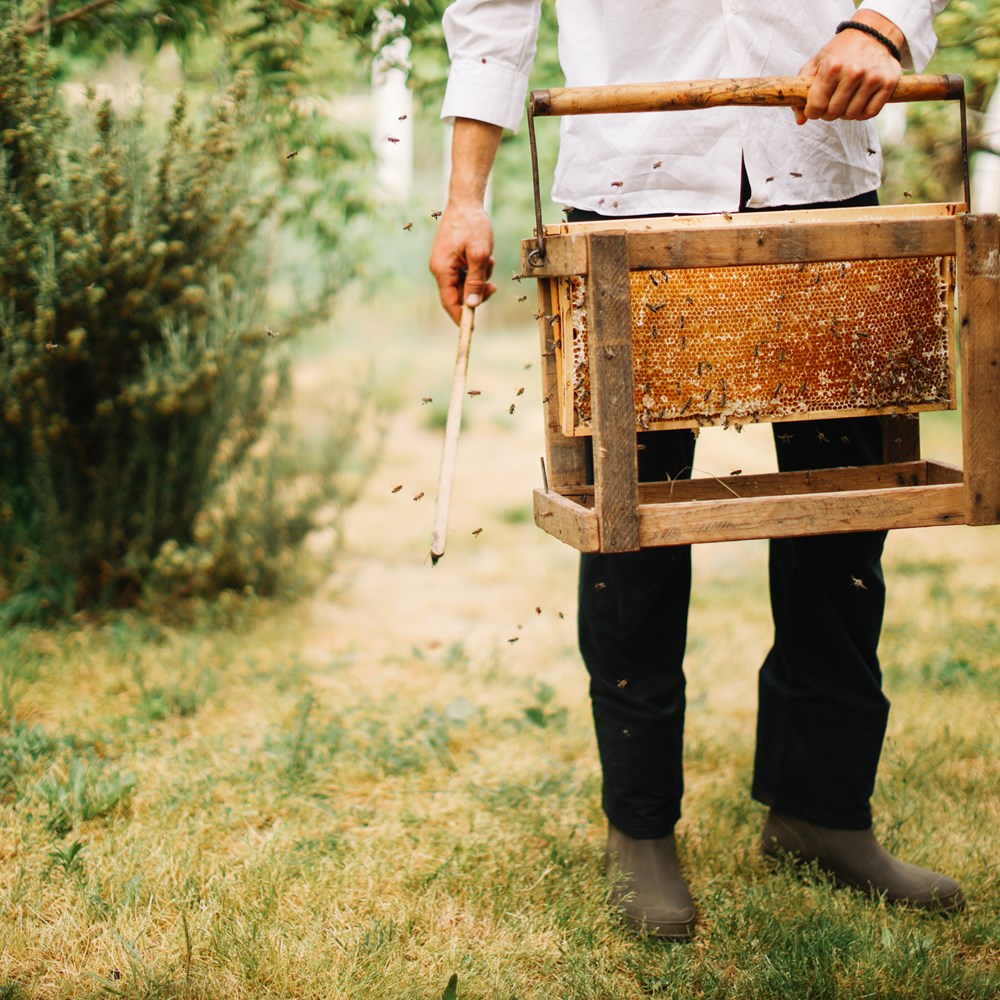
The Scottish Honey Bee Health Strategy 2022-2032
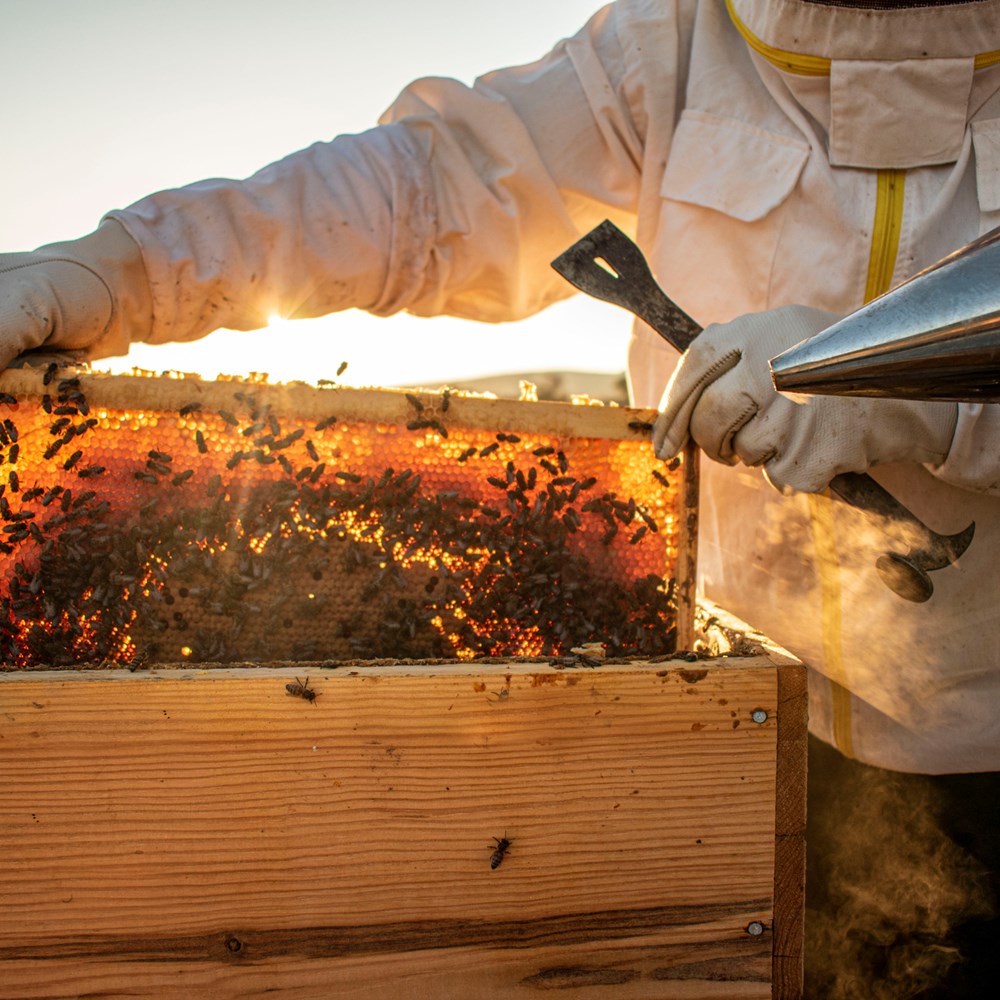
BeeBase
You might also be interested in:
Discover more at SRUC
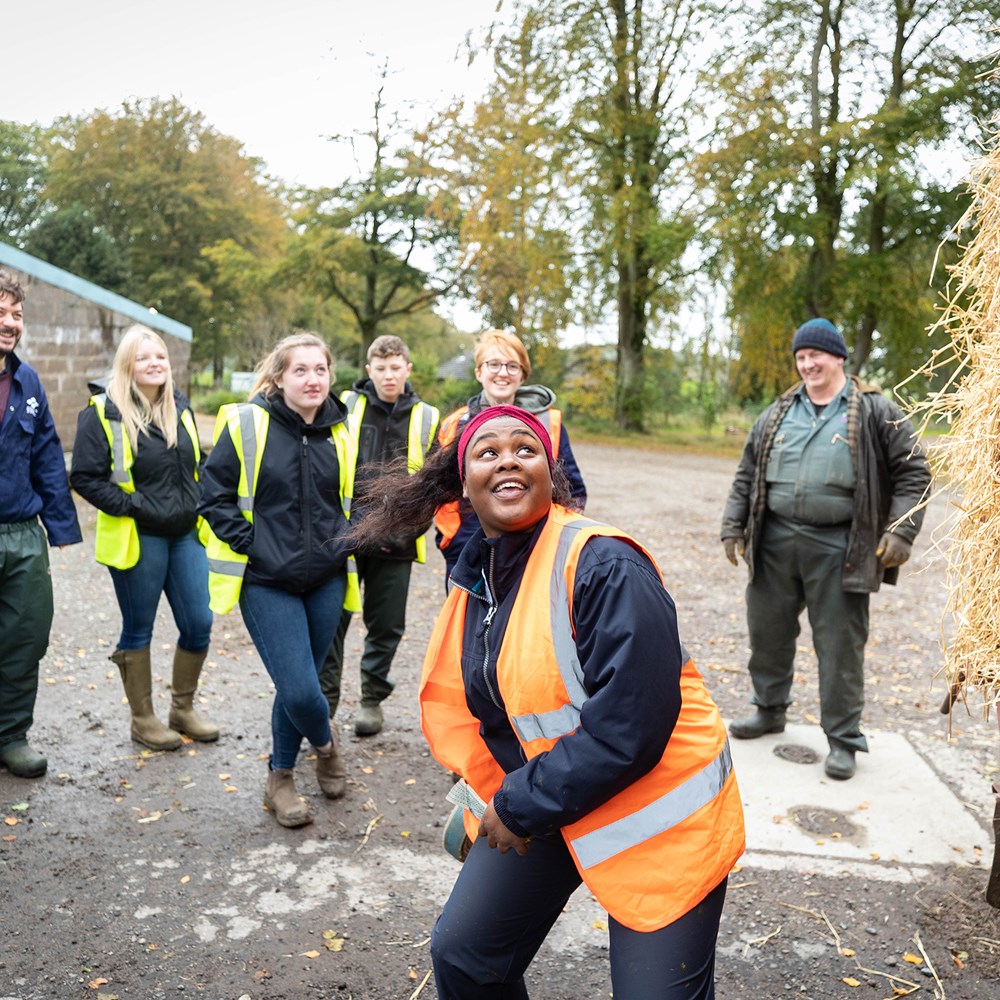
Study With Us
With hundreds of courses across more than 20 disciplines, we provide the skills, experience and confidence you need to create a successful career.

Business Services
Our business services work across food supply chains and the natural economy to help clients rise to the challenge of climate change and scientific and technological transformation.


